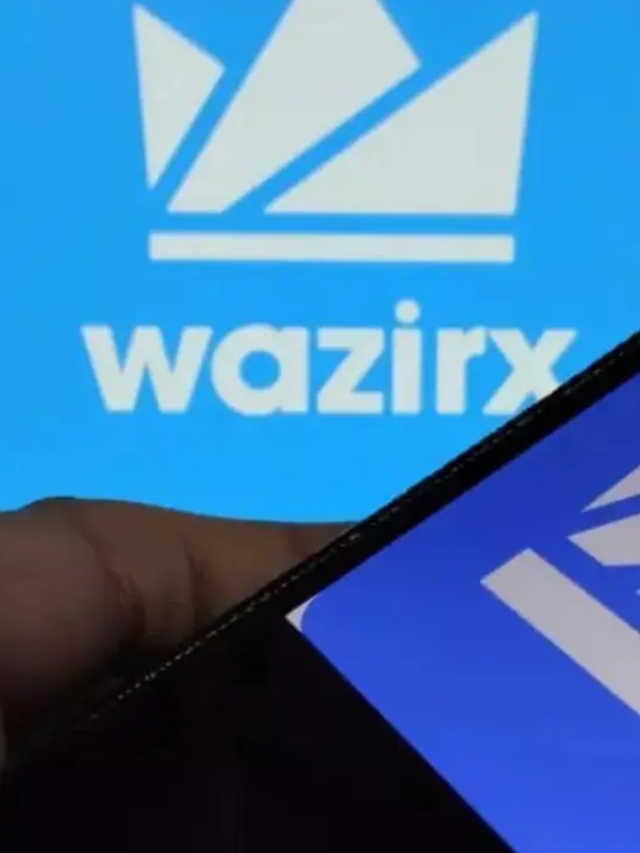Smart contracts revolutionize the way we transact on the blockchain. These self-executing contracts automatically enforce terms and execute when predefined conditions are met. Even slight possibilities of security issues in smart contracts can be quite problematic, including high financial loss and even further compromised trust. In this article, we discuss some common vulnerabilities related to smart contracts and how to mitigate associated risks.
Understanding Smart Contracts
Smart contracts are digitally enabled contracts running on a blockchain. The contract will automatically execute when the rules and conditions written in its code are met. If all the conditions set forth are met, it will execute specific actions, such as transferring funds or creating on-chain tokens.
These contracts bring transparency, efficiency, and trust without intermediaries. However, smart contracts contain complex codes that may give rise to a number of critical consequences in cases of errors or vulnerabilities.
Common smart contract vulnerabilities
Reentrancy Attacks
It is considered a reentrancy attack when a smart contract tries to call an external contract before the end of its execution. This gives the chance for an attack since it allows an external contract to call back into the original contract multiple times, which may cause the unexpected behavior of the contract.
For example, an attacker might leverage a reentrancy vulnerability to create many withdrawals before the balance update of the contract. This type of attack was famously leveraged in the DAO hack in 2016, leading to a significant loss of funds.
Solution:
Checks-Effects-Interactions: One countermeasure against reentrancy attacks is the checks-effects-interactions pattern. It means conditions must be checked first, followed by updating the state of the contract and interacting with other contracts. Apply reentrancy guards or mutexes to limit more than one call.
Integer overflow and underflow
Integer overflow and underflow occur when arithmetic operations are larger than the threshold of the storage capacity of a variable. Imagine an example where adding a large number to an integer with a maximum value could overflow into producing unforeseen behaviors.
This vulnerability can therefore affect the precision of calculations and can lead to more sophisticated exploits in terms of funding drains or other types of damage.
Solution:
Employ libraries for safe arithmetic operations, such as OpenZeppelin’s Safe Math. Libraries like this introduce functions for various operations that also check for overflow and underflow, making them safe from such potential problems.
Uninitialized Storage Pointers
Another very common vulnerability involves uninitialized storage pointers. In the case of a smart contract that uses an uninitialized storage pointer, it may end up pointing at locations unexpected. This can result in many unpredictable behaviors or even exploits.
Solution:
Always initialize storage pointers explicitly. Never rely on default values or uninitialized pointers. These bugs will be caught with regular code audits and testing.
DoS Attacks
DoS attacks are a type of attack against smart contracts wherein it disables or disrupts their operation. For example, this attack could be done by creating a contract that would waste all the gas in the network so no other transaction could be executed.
Solution:
Design contracts to keep gas efficiency in mind. Avoid complex and expensive operations in critical paths. Implement fail-safes and fallback mechanisms for situations that might turn out differently than planned.
Improper Access Control
Poor access control will result in unauthorized access to sensitive functions. If a smart contract has not appropriately restricted access, then the attackers can use it to their advantage in performing unauthorized activities that include data modification of critical data or fund withdrawal.
Solution:
Limit the access to crucial functions by using access control modifiers. For example, set the onlyOwner modifier in places where certain specific actions should be allowed only to be executed by the owner of the contract. Regularly audit and test the access control mechanisms.
Front-Running Attacks
An attacker in a front-running attack is one that watches pending transactions and then sends in his own transactions to benefit from the information. For instance, if a smart contract is going to make some kind of trade, then an attacker may place a transaction to exploit the price changes before the original transaction gets processed.
Implement anti-front-running techniques, including transaction batching and commit-reveal schemes. These techniques serve to mask the content of the transactions and make it harder for frontrunning to take place.

smart contract
Best Practices for Smart Contract Security
Code Audits and Reviews
Routine audits and reviews of the code assist in identifying and rectifying vulnerabilities. Work with reputed security firms or persons to review smart contracts before their deployment. This activity helps locate all issues that developers have overlooked.
Testing and simulation
Performing thorough testing and simulation can prevent vulnerabilities from going live. Employ unit tests, integration tests, and formal verification tools in ensuring smart contracts behave as they are supposed to under a variety of scenarios. Testing in a controlled environment can reveal potential issues before deployment.
Use Reputable Libraries
Leverage well-known libraries and frameworks for common functionalities. Libraries such as OpenZeppelin provide secure implementations of common contract patterns and functions, reducing the likelihood that a vulnerability will surface through custom code.
Continuous Monitoring
Smart contracts should be continuously monitored after deployment. Monitoring tools that can observe the activity in the contract will detect unusual behaviors. You should take note of such anomalies and address them before any exploitation.
Educate the Developers
Educate the developers about security best practices regarding smart contracts. Show them common vulnerabilities and how to securely code. A knowledgeable development team will be better prepared to build secure smart contracts.
Conclusion
Smart contract security is an important part of blockchain technology. There are a lot of well-known vulnerabilities, such as the reentrancy attack, integer overflow, or insufficient access control, which can represent an enormous risk if best practices are not followed. Using best practices, strict auditing, and staying updated with new threats will help developers make their smart contracts even more secure against a possible exploit.



















